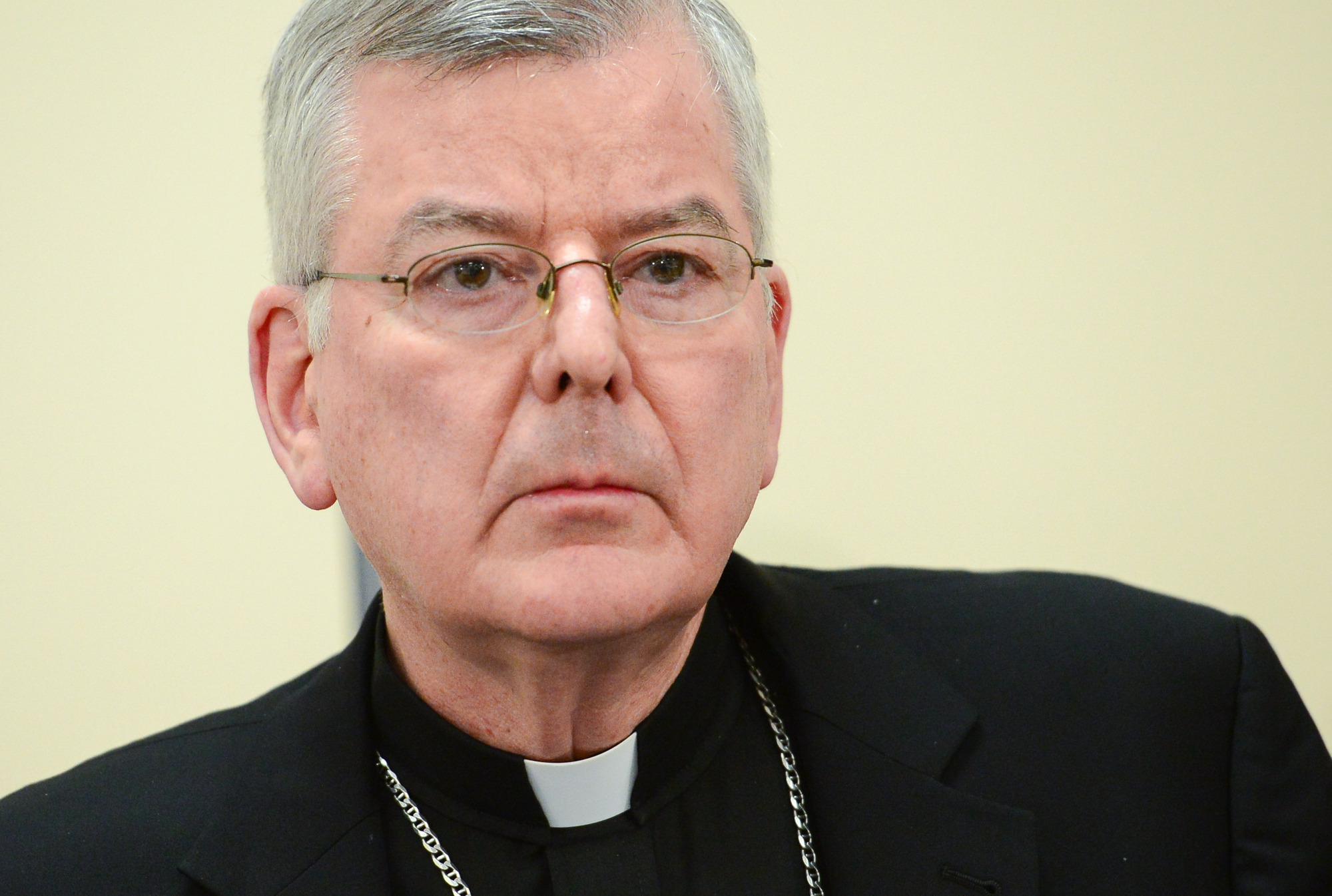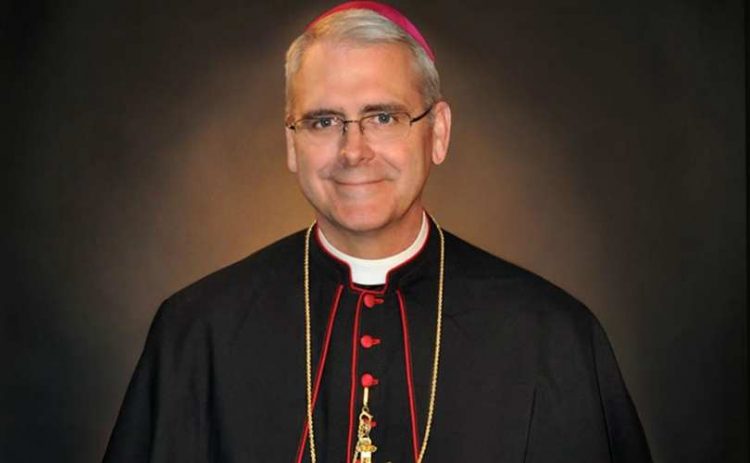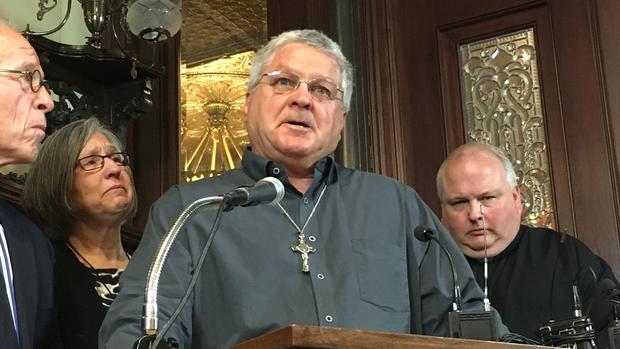In 2013, Minnesota passed a landmark bill that allowed victims of child sexual abuse to use the civil courts to expose their abuser, no matter when the abuse took place. We are hoping to get one passed in New York right now. Ensuing lawsuits showed that the Archdiocese under Archbishop John Nienstedt (pictured above) and…Continue reading Fifteen Years After Dallas, Part Five: Naughty Nienstedt and the Vatican Shred



